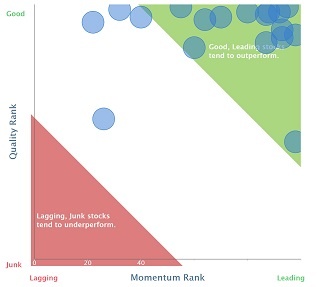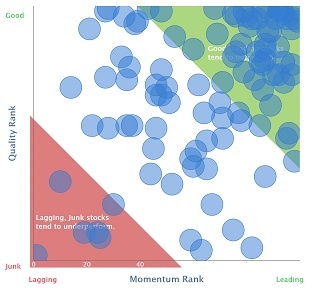With the end of the tax year around the corner, the eyes of the UK investment industry are all on ISA season. It’s the time when the tax-free savings allowance for the current year expires, and next-year’s allowance kicks off.
For some investors it will be imperative to get funds invested quickly. But for others there will be no rush. Last year, ISA season coincided with benign market conditions that were kind to equities. But this year it comes after a modest pull back in index prices. For some, that’s heightened a sense of uncertainty about the direction markets will go in this year.
One of the themes that I’ve previously covered at ISA season is the idea of economic moats. Companies with durable moat-like features tend to be sought after. With strong competitive advantages, the idea is that they can compound returns fairly reliably over many years. But while moats are quite easy to define, it’s not quite so easy to be definitive about which companies actually have them.
What makes a moat?
It’s Warren Buffett who takes credit for the concept of moats. He often mentions the idea of finding and holding good quality firms that generate high returns on capital and are well-protected from competition.
In his 2007 letter to Berkshire Hathaway shareholders, Buffett explained:
“The dynamics of capitalism guarantee that competitors will repeatedly assault any business “castle” that is earning high returns. Therefore a formidable barrier such as a company’s being the low cost producer (GEICO, Costco) or possessing a powerful world-wide brand (Coca-Cola, Gillette, American Express) is essential for sustained success. Business history is filled with “Roman Candles,” companies whose moats proved illusory and were soon crossed.”
Low cost and powerful brands (or patents) are two characteristics of firms with defendable businesses, but there are others.
Sheer scale in areas like manufacturing and distribution can be very hard for other companies to compete with. Switching costs are another major factor. When customers are turned off by the hassle of changing from one product or service to another, then that can be a sign of a strong moat. Likewise, some services have a network effect, where they become more valuable as more and more people use them, which again can be a powerful moat.
In his book, The Little Book that Builds Wealth, Pat Dorsey, a fund manager and former Morningstar…










